Why Choosing Plunger Lift Systems to Enhance Oil and Gas Production Efficiency
In the oil and gas industry, artificial lift systems play a vital role in enhancing oil and gas production efficiency and extending the life of wells. Among these systems, the plunger lift systems stand out due to its simplicity, cost-effectiveness, and environmental benefits. This article explores the components, operation, advantages, and applications of plunger lift systems, shedding light on why they are a popular choice in the industry.
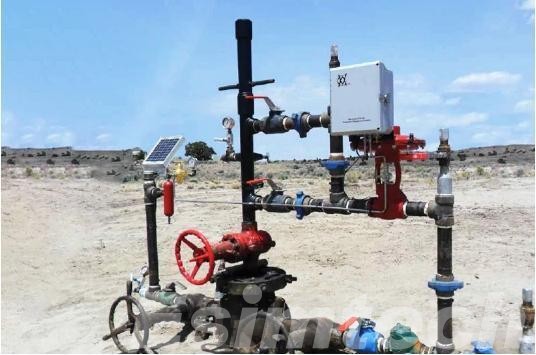
What are Plunger Lift Systems
A plunger lift is a type of artificial lift system used primarily in oil and gas wells to remove liquids that impede gas production. Unlike other artificial lift methods that rely on external power sources, plunger lift systems harness the well’s natural pressure to enhance production efficiency. This method is particularly effective in low-pressure gas wells where the accumulation of liquids can significantly hinder gas flow.
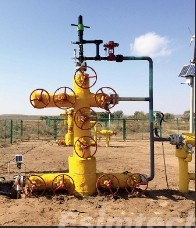
Key Components of Plunger Lift Systems
Understanding the key components of a plunger lift system is crucial for grasping how it functions and why it is effective in enhancing oil and gas production.
This chart provides a clear and concise overview of each key component, its role, and its function within the plunger lift systems.
| Component | Description |
| Plunger | Cylindrical device that moves up and down the wellbore, carrying liquids to the surface. |
| Lubricator | Mounted at the wellhead; catches and releases the plunger, contains sensors and control mechanisms. |
| Bottom Hole Assembly | Positioned at the well bottom, includes the standing valve, spring, and flow sleeve. |
| Controller | Manages the timing and operation of the plunger lift cycle, optimizing it based on well data. |
| Flow Line | Pipeline that directs produced gas and liquids to surface processing facilities. |
| Bumper Spring | Absorbs the impact of the descending plunger, preventing damage and ensuring proper seating. |
| Surface Valve | Controls the flow of gas and liquids from the well to the flow line, can be manually or automatically operated. |
| Sensor and Monitoring Equipment | Devices installed to monitor pressure, flow rates, and plunger position, helping optimize the system. |
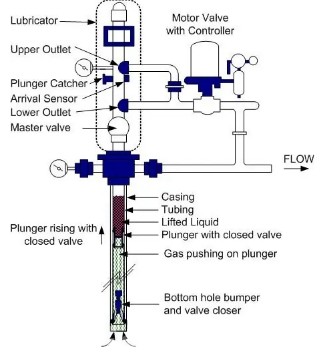
How Plunger Lift Systems Work
Plunger lift systems are designed to enhance oil and gas production by efficiently removing liquids from the wellbore, allowing natural gas to flow more freely. The operation of a plunger lift system involves a repetitive cycle that harnesses the well’s natural pressure to lift liquids to the surface.
1. Shut-In Phase
The cycle begins with the shut-in phase, during which the well is temporarily closed. This closure allows pressure to build up in the wellbore. The pressure build-up is crucial because it provides the force needed to lift the plunger and the accumulated liquids to the surface.
- Pressure Build-Up: By closing the well, the pressure within the wellbore increases as the reservoir continues to produce gas.
- Preparation: This phase ensures that there is sufficient energy to drive the plunger upwards once the well is reopened.
2. Plunger Ascent
Once adequate pressure has been built up during the shut-in phase, the well is reopened. The plunger, which had been resting at the bottom of the well, begins to rise due to the pressure differential between the wellbore and the surface.
- Plunger Lift: The plunger travels upwards, pushed by the gas pressure from below.
- Liquid Carry: As the plunger ascends, it carries the accumulated liquids (water, condensates, or oil) above it to the surface.
3. Liquid Removal
When the plunger reaches the surface, it enters the lubricator, which captures the plunger and allows the separation of liquids from the gas.
- Liquid Separation: The liquids are directed to the flow line, where they are transported to surface processing facilities for separation and treatment.
- Gas Flow: The gas continues to flow through the system, moving to the surface facilities for further processing.
4. Plunger Descent
After the liquids have been unloaded, the plunger is released to fall back to the bottom of the well. This descent is controlled to ensure the plunger lands softly and is properly positioned for the next cycle.
- Controlled Fall: The plunger drops back down the wellbore, often guided by gravity and the well’s design.
- Reset: The plunger lands on the bottom hole assembly (BHA), where it waits for the next cycle to begin.
5. Continuous Cycle
The entire process is cyclical and can be repeated multiple times per day, depending on the well’s characteristics and production requirements. The cycle timing is optimized using the controller, which adjusts the duration of each phase based on real-time well data.
- Cycle Optimization: The controller adjusts the shut-in and flow times to maximize the efficiency of liquid removal and gas production.
- Monitoring and Adjustment: Sensors and monitoring equipment provide data that help fine-tune the operation, ensuring optimal performance and addressing any issues promptly.
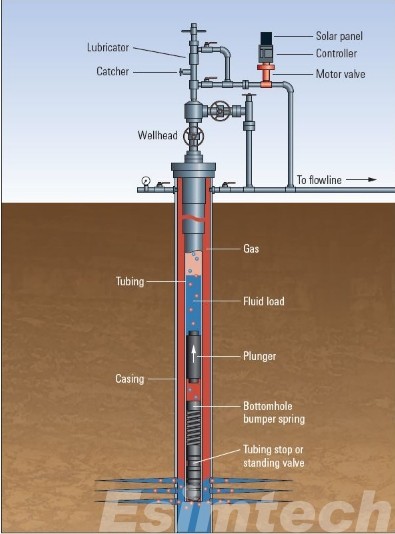
Advantages of Plunger Lift Systems
- Cost-Effective: Plunger lift systems require minimal external energy and have low operational and maintenance costs.
- Environmentally Friendly: Utilizing the well’s natural pressure reduces the carbon footprint associated with additional energy consumption.
- Simplicity and Reliability: The straightforward design ensures high reliability and ease of use.
- Improved Production: Efficient liquid removal enhances gas production rates, making marginal wells economically viable.
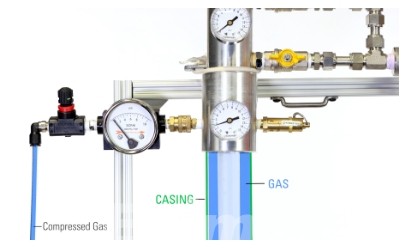
Applications of Plunger Lift Systems in the Oil and Gas Industry
This chart provides a concise overview of the various applications of plunger lift systems in the oil and gas industry, highlighting their versatility and benefits.
| Application | Description |
| Mature Wells | Maintains production in older wells with declining reservoir pressure by managing liquid buildup. |
| Intermittent Production | Efficiently handles wells with fluctuating production, managing varying volumes of liquids. |
| Low-Pressure Gas Wells | Enhances production in wells with low reservoir pressure by utilizing the well’s natural pressure. |
| Unconventional Reservoirs | Supports shale gas and coal bed methane operations by managing high water production typical of these reservoirs. |
| Cost-Reduction Strategies | Lowers operational costs through minimal external energy use and reduced maintenance requirements. |
| Environmental Compliance | Reduces carbon footprint and environmental impact by leveraging natural pressure for liquid removal. |
| Extended Well Life | Prolongs the operational lifespan of wells by preventing liquid loading and maintaining steady production. |
| Marginal Wells | Makes marginal wells economically viable by enhancing gas flow rates through efficient liquid removal. |
Key Ways Simulations are Used in Plunger Lift Systems
1. Design Optimization
- Well Design: Well control simulations help in designing well parameters, such as tubing size and plunger type, to ensure optimal performance. They allow engineers to test different configurations and select the most efficient design.
- Cycle Timing: By modeling the well’s pressure dynamics and production rates, simulations can optimize the timing of the plunger lift cycle, including shut-in periods and flow times.
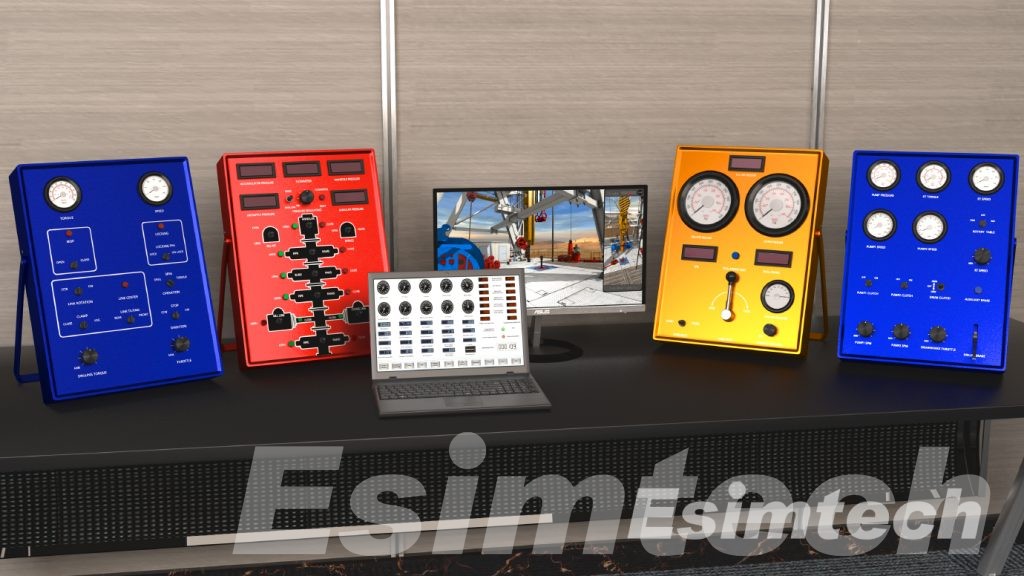
2. Performance Prediction
- Production Forecasting: Simulations can predict future production rates based on current and historical data, helping operators make informed decisions about well management.
- Pressure and Flow Rate Analysis: They provide detailed insights into how pressure and flow rates will change over time, allowing for proactive adjustments to maintain optimal production.
3. Troubleshooting and Diagnostics
- Identifying Issues: Simulations can identify potential problems, such as plunger sticking or inefficient liquid removal, before they occur. This allows for timely intervention and minimizes downtime.
- Scenario Analysis: Engineers can simulate various operational scenarios, such as changes in reservoir pressure or gas composition, to assess the impact on the plunger lift system and prepare appropriate responses.
4. Economic Evaluation
- Cost-Benefit Analysis: Simulations help in evaluating the economic feasibility of different plunger lift configurations and operating strategies. This includes comparing the costs of different equipment and the potential production gains.
- Return on Investment (ROI): They provide a detailed analysis of the expected return on investment for implementing or modifying a plunger lift system, helping stakeholders make informed financial decisions.
5. Training and Education
- Operator Training: Simulations offer a risk-free environment for training operators on the complexities of plunger lift systems. This hands-on experience helps in better understanding and managing real-world operations.
- Educational Tools: They serve as valuable tools for educating new engineers and technicians about the principles and practices of plunger lift systems.
6. Continuous Improvement
- Real-Time Data Integration: Modern oil ans gas simulation tools can integrate real-time data from the field, allowing for continuous monitoring and adjustment of the plunger lift system. This real-time feedback loop ensures optimal performance.
- Historical Data Analysis: By analyzing historical data, simulations can identify trends and patterns that can inform future operational strategies and improvements.
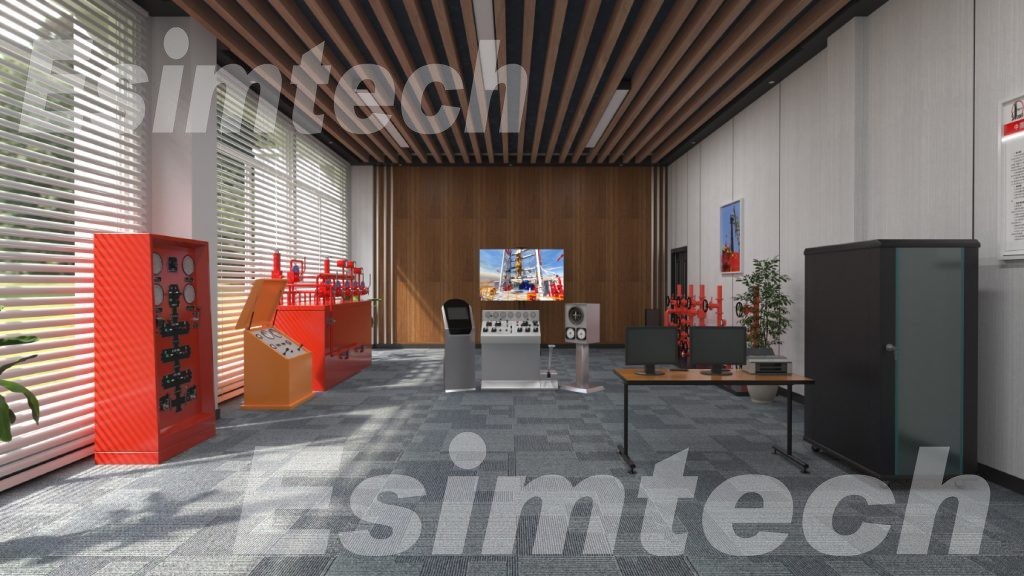
Conclusion
Plunger lift systems are a reliable and efficient solution for managing liquid loading in gas wells. Their simplicity, cost-effectiveness, and environmental advantages make them a preferred choice for many operators seeking to optimize production and extend the life of their wells.
Simulations play a crucial role in the design, optimization, and management of plunger lift systems in the oil and gas industry. By using advanced modeling techniques and computational tools, operators can predict the behavior of plunger lift systems under various conditions, improve efficiency, and troubleshoot potential issues.
